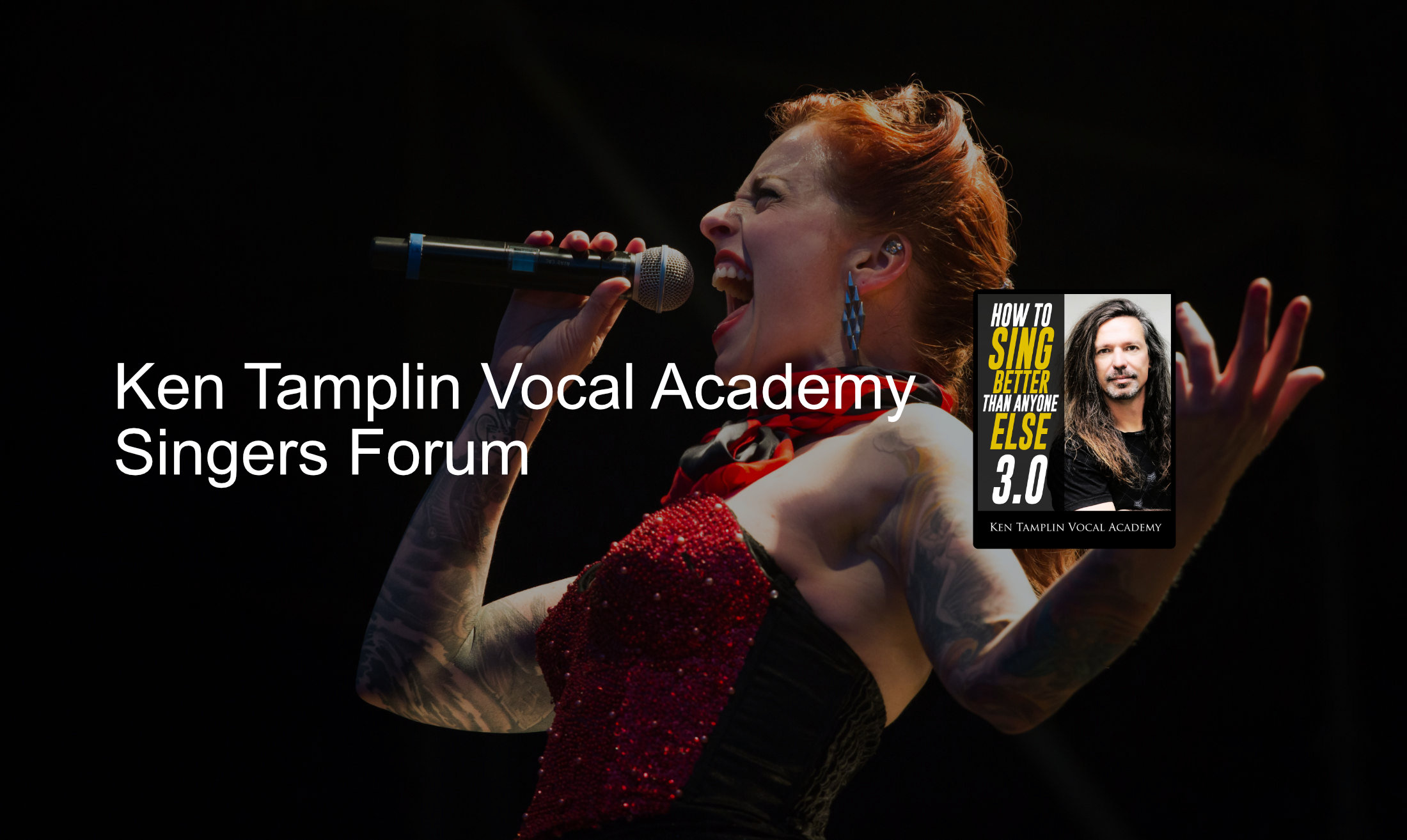Bridging vs stretching chest
 nspablo1
Pro Posts: 7
nspablo1
Pro Posts: 7
Hi guys, so I´ve been doing volume 1 for about 2 and a half months now, and I´ve tried to stretch my chest (right now i can get as high as a F5 in the warmups) The problem is now that I tried to go to volume two ken is talking about blending chest and head and I don´t seem to understand how is it that you blend them (As I go higher I kind of hear the sound going more into the head but I don´t seem to get that fluty sound or any type of disconnection) Can somebody explain me how to connect with head and if I should go to volume 2? Or should I stick with one and now try to figure out what bridging is and how to do it. It would be nice if someone could show me a video demonstrating the difference between bridging in the passagio (As I think ken explains it in volume one) and stretching chest.


Comments
Ken recommends that you delay working to simply bridge into head voice in the early stages, as that will be something that you continue to move higher, and if you spend much time trying to bridge now, you will be redoing it several times.
As streeter said, you most likely are bridging during the lip trills and tongue exercises. When doing these exercises lightly, as you should be, the voice tends to naturally shift into head voice. This head voice that you naturally shift into is NOT the strong head voice you will be eventually developing with KTVA. Think of that voice as a wimpy substitute. It's not a voice that will sound very good as a lead vocal, except on softer vocals. Any time you want to sing a higher note with strength, you will want to use an extended chest voice note.
The most direct route to a fully-developed Chest, Head, and Mixed voice will be to first develop your chest voice to the limits that you want to take it to. Defaulting to the weaker head voice won't give you the results you want, unless you are wanting to go no further with your chest voice.
After working the chest voice, through volumes 1, 2, and 3, THEN you work the Building Head Voice Program. That works your Timbral head voice down into and overlapping about an octave of your chest voice. You have to work at this to prevent your chest voice upper range from atrophying. Then you work this area of overlap, and learn to blend between the chest sound and the head sound. This builds a powerful mix voice.
The early bridging head voice is mostly a crutch that will leave you reliant upon that sound. If you resist now and go ahead and build the extended chest voice and the overlapping head voice, you will retain the option to sing in the softer, early bridge voice. That's the easy part. The hard part is the building of the range in the chest and in the lower timbral head range. If you go ahead and rely upon the early bridge head voice, you will tend to allow the upper mid to high chest voice to atrophy, or to never develop in the first place.
It's your choice, but Ken recommends the path that is the most direct route to powerful, extended range singing in the greatest selection of timbres.
If you prefer the softer sound, more R and B, no extended chest voice, then bridging earlier is fine. You can elect to just skip stretching your chest voice. But if you don't stretch it now, you will probably never stretch your chest voice.
All the Best!
Bob
Here you go bro, Just a quick demo to emphasise the difference in that nasty little area D4-F4. Follow @highmtn advice though. It's the quickest way to build a monster voice and guaranteed continued growth
This is what training with stretching chest will do for your voice. It will give you access to more range and more options on tone and timbre at many different volumes.
Bob
A lot of people find the tongue exercise one of the most difficult parts of the workouts but if you get it, man, does it do wonders for Breath Control, Bridging, Stretching, Warming up, reinforcement of keeping the throat open... the list goes on. Then, when you do actually open up to 'Lah', everything feels so easy.
Don't skip steps, don't take short cuts, don't go to the more exciting parts of the course. Do everything exactly as it is laid out in course. There's a reason why Ken has put it in the order he has. Because that is the fastest way to get continued results.